12 Most Beautiful and Rare Flowers in the World
Flowers are among nature’s most enchanting creations, admired for their vibrant colors, intricate shapes, and intoxicating fragrances. However, some flowers stand out not just for their beauty but also for their rarity, growing in unique habitats and under specific conditions. These rare blooms often carry fascinating stories, scientific intrigue, and cultural significance. This article delves into the details of some of the most beautiful and rare flowers in the world, exploring their unique characteristics, where they grow, and what makes them so extraordinary.
1.Kadupul Flower (Epiphyllum oxypetalum)
The Queen of the Night
The Kadupul flower is a stunningly rare cactus species native to Sri Lanka and parts of South Asia. Known as the “Queen of the Night,” this flower blooms only at night and wilts before dawn, making it elusive to witness. Its ephemeral beauty and divine fragrance have made it a symbol of fleeting moments and rarity.
Appearance: The Kadupul flower boasts large, white, star-shaped blooms with delicate petals. The flowers can grow up to 30 cm (12 inches) in diameter.
Habitat: It thrives in warm, tropical regions and grows on trees or rocky surfaces, deriving nutrients as an epiphyte. Click here
Significance: In Sri Lankan culture, it is associated with myths of blessings and is considered sacred.
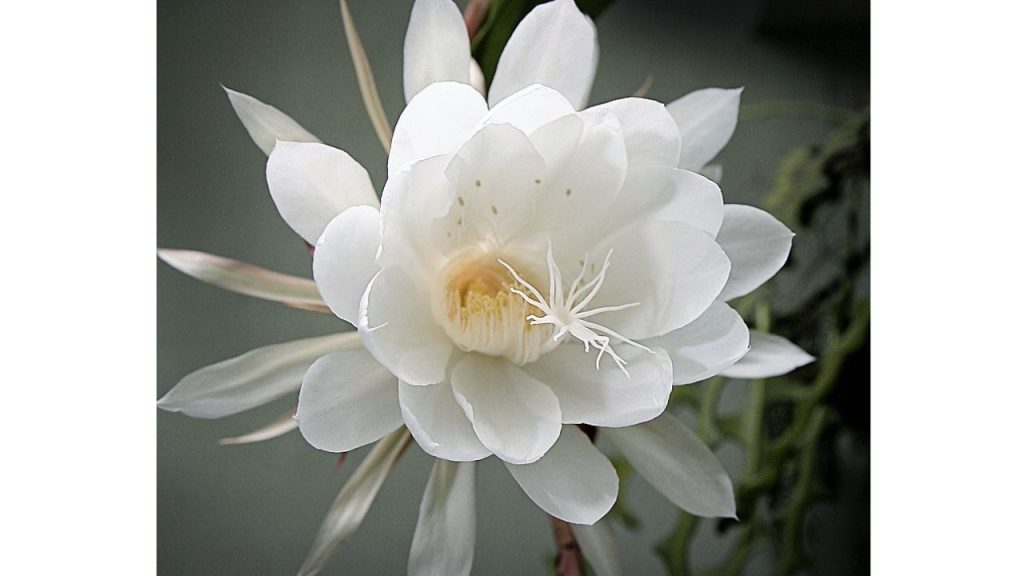
2.Corpse Flower (Amorphophallus titanum)
The Giant of the Floral World
Despite its unpleasant nickname and odor, the Corpse Flower is one of the most striking and rare flowers in the world. Native to the rainforests of Sumatra, Indonesia, it is famed for its enormous size and infrequent blooming cycle.
Appearance: The flower can reach up to 3 meters (10 feet) in height and has a single, tall spadix surrounded by a large maroon spathe.
Unique Trait: It emits a strong smell akin to rotting flesh to attract pollinators such as flies and beetles.
Habitat: Found in humid rainforests, the Corpse Flower is difficult to cultivate outside its natural environment.

3.Middlemist’s Red (Middlemist camellia)
One of the Rarest Flowers on Earth
The Middlemist’s Red, a stunning camellia species, is believed to exist in only two locations globally: a greenhouse in the United Kingdom and a garden in New Zealand. Originally brought to England from China in 1804, it has become exceedingly rare due to overharvesting and habitat loss.
Appearance: It features deep red, rose-like blooms with velvety petals.
Habitat: Originally native to China, it now survives solely under controlled conditions.
Conservation: Efforts are underway to propagate and protect this critically rare species.
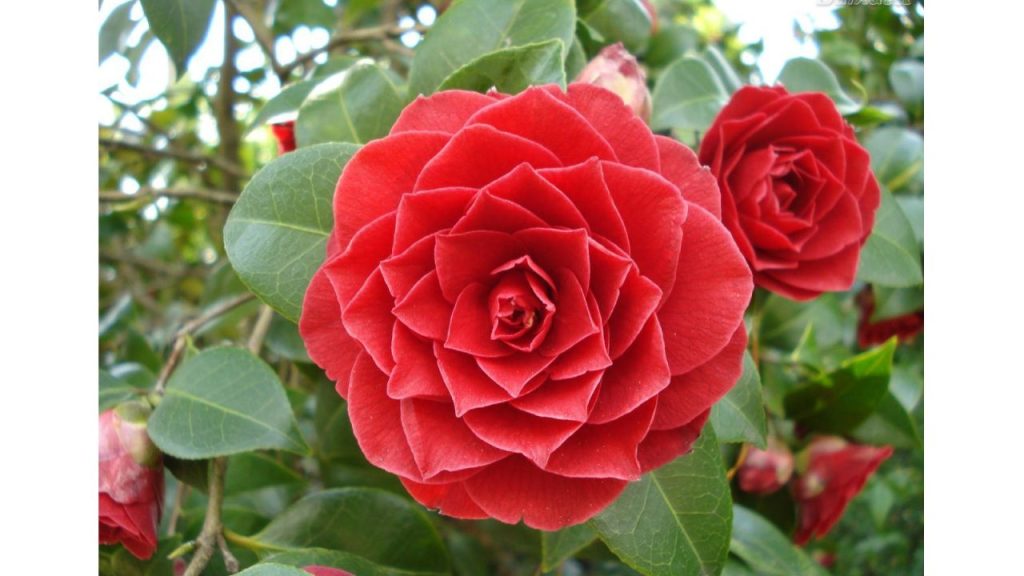
4.Jade Vine (Strongylodon macrobotrys)
The Aquamarine Wonder
Native to the rainforests of the Philippines, the Jade Vine is prized for its breathtaking turquoise or sea-green flowers that dangle in long, cascading clusters. It is considered one of the most beautiful flowers due to its rare coloration.
Appearance: The flower clusters can grow up to 3 meters (10 feet) long, with claw-shaped blossoms resembling jade.
Pollination: Bats are the primary pollinators, attracted by its subtle glow at night.
Habitat: Found along riverbanks in tropical rainforests, it thrives in warm, humid conditions.
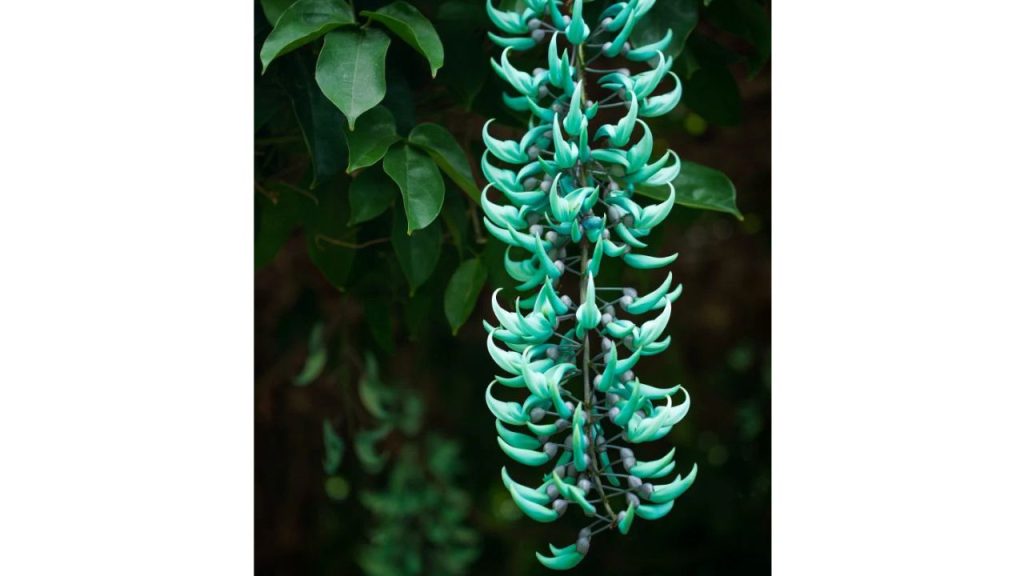
5.Ghost Orchid (Dendrophylax lindenii)
The Spirit of the Swamps
The Ghost Orchid is an ethereal, rare flower found in the swamps of Florida, Cuba, and the Caribbean. It is named for its ghostly appearance and floating effect when it blooms. This flower is notoriously difficult to cultivate, adding to its mystique.
Appearance: The flower is white, with delicate, spider-like petals and a long, thin stem that blends into the background.
Habitat: It grows on tree trunks in humid, swampy forests, relying on specific fungi for survival.
Conservation: The Ghost Orchid is endangered due to habitat destruction and illegal collection.
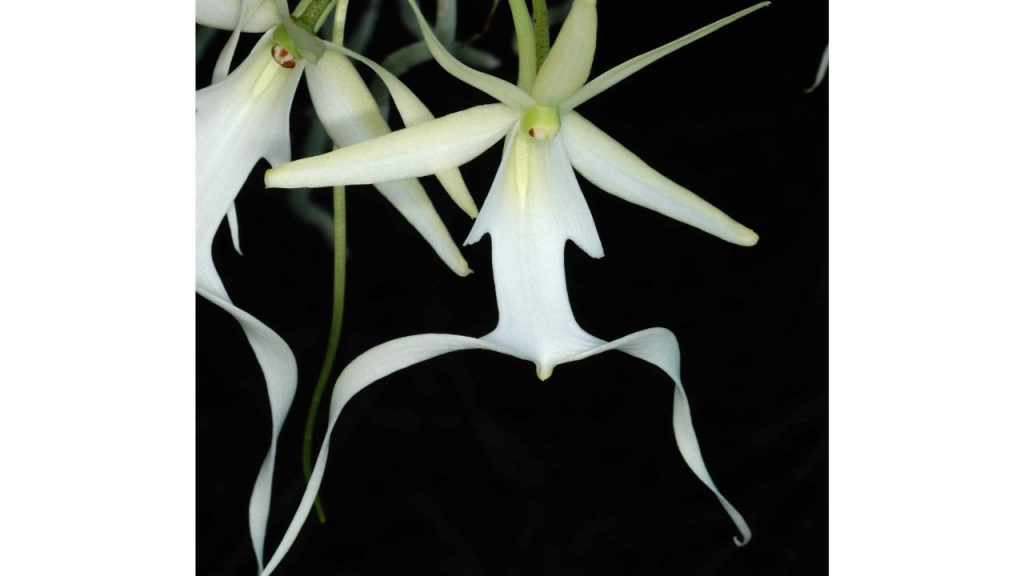
6.Chocolate Cosmos (Cosmos atrosanguineus)
Nature’s Chocolate Scent
Native to Mexico, the Chocolate Cosmos is a rare flower cherished for its deep maroon color and unique chocolate-like fragrance. Although extinct in the wild, it survives through cultivation.
Appearance: The flowers are dark, velvety red with a chocolate-brown hue, and they bloom on slender stems.
Fragrance: Its scent resembles sweet chocolate, making it a favorite among gardeners and enthusiasts.
Conservation: It is propagated through vegetative cloning to preserve its genetic material.
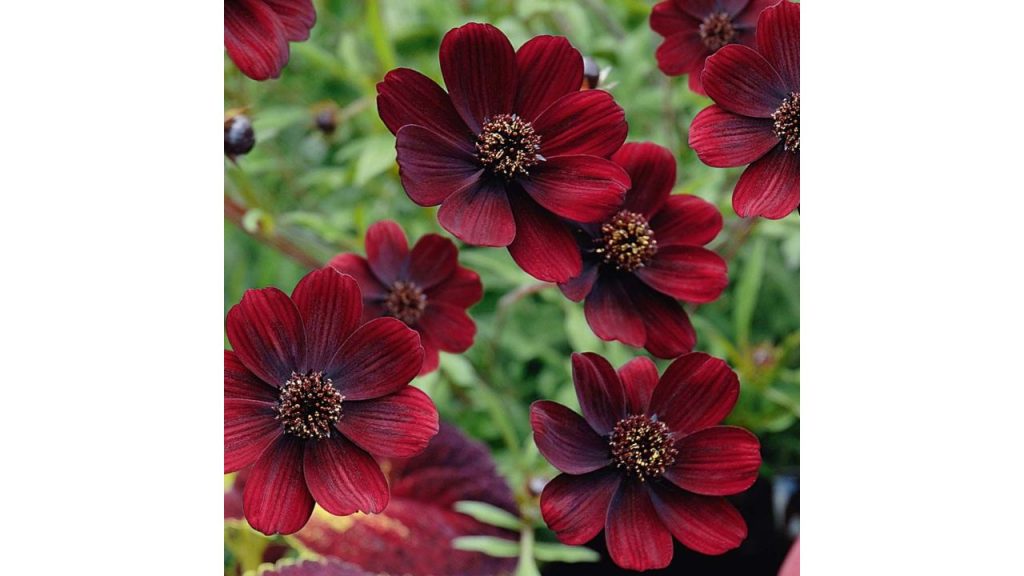
7.Youtan Poluo (Udumbara Flower)
The Flower of Buddhist Legends
The Youtan Poluo is a mythical flower often linked to Buddhist scriptures, said to bloom only once every 3,000 years. Its existence is shrouded in mystery, as sightings are rare and often debated.
Appearance: The tiny, white flowers measure less than 1 mm in diameter and grow on thin filaments.
Habitat: Allegedly found on metal, wood, and other surfaces, it is believed to have a divine origin.
Cultural Significance: It symbolizes purity and the arrival of a spiritual teacher or Buddha.

8.Parrot’s Beak (Lotus berthelotii)
A Vibrant Tropical Beauty
Endemic to the Canary Islands, the Parrot’s Beak is a rare flower known for its bright orange or red blossoms that resemble a bird’s beak. It is now considered endangered in the wild due to habitat loss.
Appearance: The flowers are vivid and elongated, growing in clusters against feathery silver-green foliage.
Pollination: Originally pollinated by sunbirds, the lack of native pollinators has contributed to its decline.
Conservation: Cultivated in botanical gardens, efforts are being made to reintroduce it into the wild.
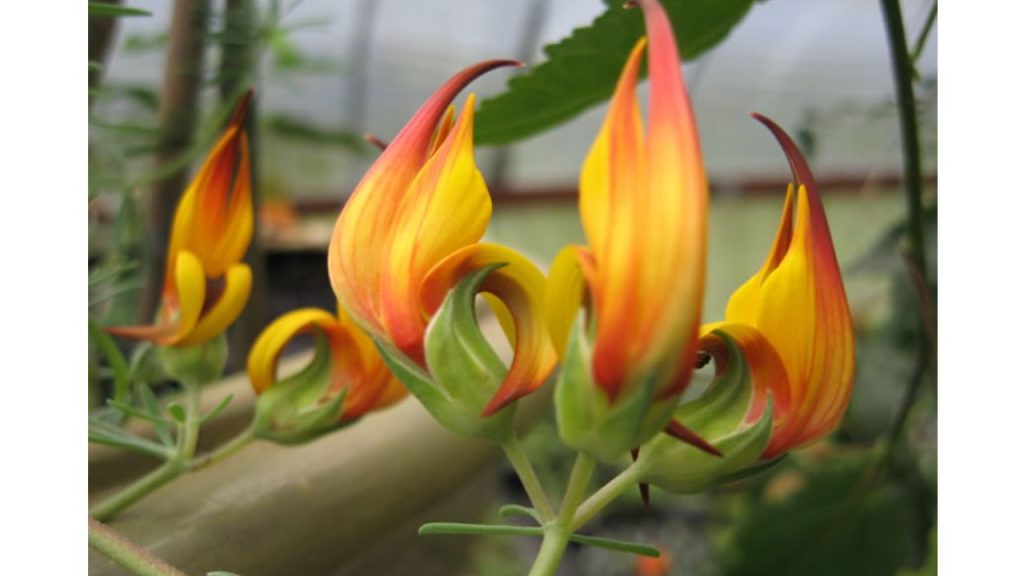
9.Shenzhen Nongke Orchid
A Scientific Marvel
The Shenzhen Nongke Orchid is not just rare but also man-made, developed by scientists in China after years of cultivation. This exquisite flower is prized for its elegance and is one of the most expensive flowers ever sold.
Appearance: It has soft, delicate petals in shades of green and pale yellow, with intricate veining.
Unique Trait: It takes approximately 8 years to bloom, making it a symbol of patience and perseverance.
Value: The flower fetched $200,000 at auction, reflecting its rarity and beauty.

10.Franklin Tree Flower (Franklinia alatamaha)
A Lost Species
The Franklin Tree Flower is native to Georgia, USA, but has been extinct in the wild since the early 1800s. It survives solely in cultivation, thanks to botanists who preserved its seeds.
Appearance: It produces fragrant, white, cup-shaped flowers with a golden center, blooming in late summer.
Habitat: Historically found along the banks of the Altamaha River, its exact cause of extinction remains unknown.
Conservation: It is now a treasured ornamental tree in gardens.

11.Bluebell of Scotland (Campanula rotundifolia)
A Symbol of Serenity
The Bluebell of Scotland, also known as the Harebell, is a delicate and rare wildflower that grows in meadows and rocky highlands across Europe and North America.
Appearance: Its bell-shaped, violet-blue flowers sway gracefully in the wind, creating a calming sight.
Habitat: It prefers well-drained, sandy soils and thrives in cool climates.
Cultural Significance: It symbolizes humility, gratitude, and everlasting love.
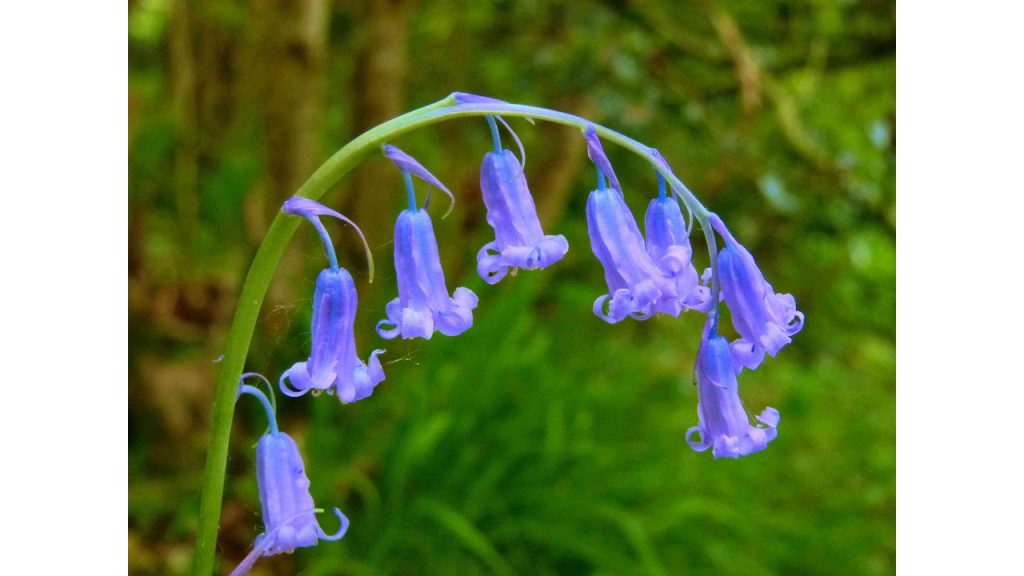
12.Lady’s Slipper Orchid (Cypripedium calceolus)
A Floral Treasure
The Lady’s Slipper Orchid is a rare orchid species found in Europe, Asia, and North America. Its vibrant pouch-shaped petal resembles a slipper, giving it its name.
Appearance: The flowers come in a variety of colors, including yellow, pink, and purple, often with mottled patterns.
Habitat: It grows in woodlands and grasslands but requires specific soil and fungal conditions.
Conservation: Many species are protected due to their rarity and sensitivity to environmental changes.

Conclusion
The beauty and rarity of these flowers highlight the incredible diversity of nature. Many of these blooms are endangered due to habitat destruction, climate change, and overharvesting, underscoring the importance of conservation efforts. From the fleeting Kadupul flower to the exotic Jade Vine, each flower tells a unique story of survival and splendor. Protecting these natural wonders ensures that their beauty continues to inspire and captivate future generations. Click here

